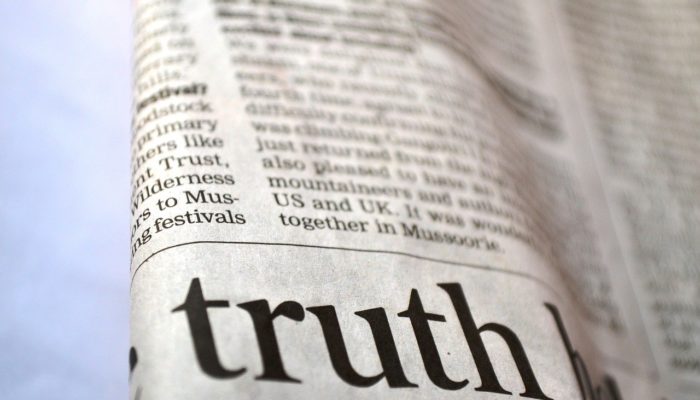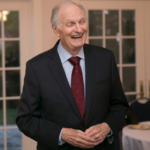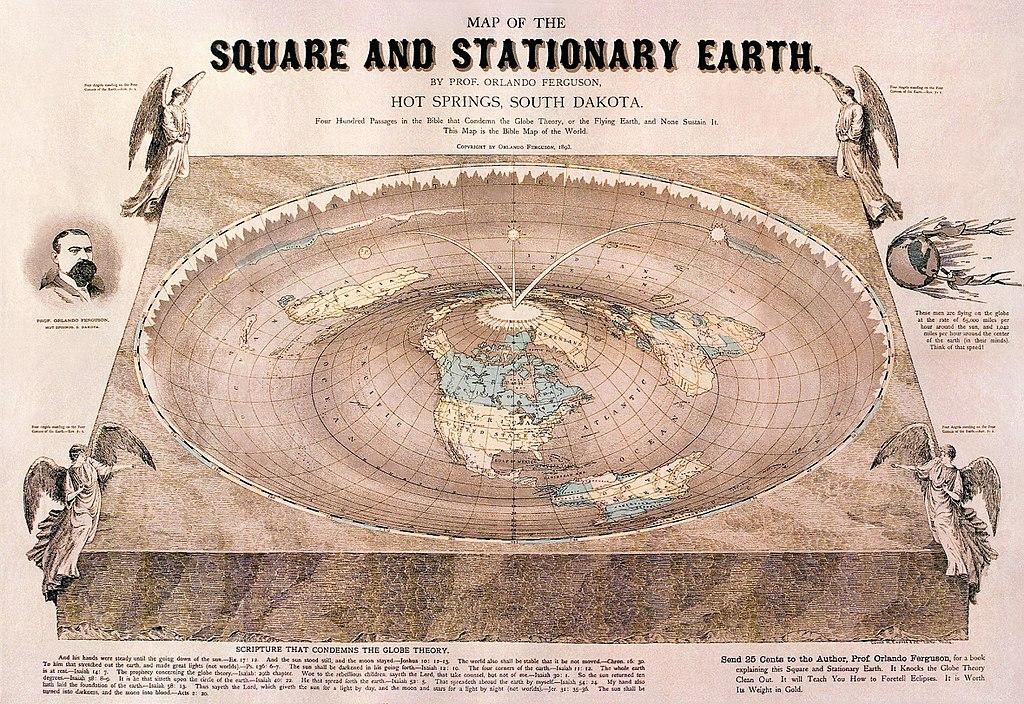Barbara shares ideas on effective science communication. She explains why we should be interested, based on her own observations of emerging movements such as Flat Earthers and climate change deniers in the US and Brazil. How can we build trust in science?
I would like to make an invitation to all my fellow scientists. Let’s make our research accessible! Use social media, Instagram, YouTube, Twitter, create games, podcasts, music, choreography, videoclips, whatever. Find your talent! Share, inspire and engage your friends to do the same!
Here are some online free resources for effective science communication:
Online Learning Experiences from the Alda-Kavli Learning Center – Alan Alda is known to many people as the actor in the US television series M.A.S.H and later in The West Wing. But he’s also passionate about science. The Alan Alda Center for Communicating Science has some excellent resources introducing scientists and other researchers to some basic tools and strategies to empower clear and vivid science communication.
AAAS Communication Toolkit – the American Association for the Advancement of Science provides very detailed guidance and tips to improve communication skills.
Power to the science
Clare Sale, on her TedX on how to communicate science in the post-truth era, said that “it is not because you are right that people will listen”.
As a scientist, I agree that engaging in research is very important. Although, if people do not trust in science, for whom are we producing knowledge?
it is not because you are right that people will listen
As a science communicator, I believe it is our duty to bridge the gap between science and society. As geoscientists, we can explore how natural hazards threaten entire communities, or work with groundwater to ensure democratic access to clean water.
We can explain how geomorphology relates to mobility within cities. We can explore geoethics and sovereignty in mining projects. We have a wide spectrum of choices.
The only thing that we cannot do is to only talk with our peers. We need to engage with society simply because we are part of society. By being present in our communities, we can learn from them about their needs and develop together strategies to tackle problems.
We have a wide spectrum of choices
To do so we must be clear in communication, avoid jargon, be accessible, honest and humble. It is great to work together within a multidisciplinary team, talk with designers and try to simplify the message as much as possible. By doing so, we could change public perception of geosciences (as Hanna highlighted in her last post).
So, maybe, if we geoscientists focus more time and energy communicating our studies and findings to the general public, we could possibly stop the dissemination of conspiracy theories such as Flat Earth.
A “Flat-Earth” map drawn by Orlando Ferguson in 1893 (From Wiki Commons)
Why is effective science communication important?
Imagine the Earth as a flat plate, where the North Pole would be in the middle and Antarctica would be placed at the borders of this disc, with all the other countries distributed as you can see in the image above (with some variations within different models).
There, we’d all be living under a dome, and gravity would pull everything to the center, so it would not be possible to fall from its edges. This theory probably seems odd to today’s scientists (especially geoscientists) but it is a growing trend in countries such as the US and Brazil. As unexpected as it may sound, their Facebook page has over 265,000 followers!
This aspect of psychology is called the backfire effect
The round shape of the Earth has been speculated on since the ancient Greek empire. Actually, the first person to calculate Earth’s circumference with surprising accuracy was Eratosthenes, on 19 June 240 BCE.
By measuring the shadow angle of a sundial on the longest day of the year in two different cities, he estimated the Earth to be about 46,620 km in circumference, a 16% difference of what we measure today using modern technology (40,075 km).
Since then, throughout history, many scientists have proven the sphericity of the planet using different experiments, calculations, models, and even traveling to outer space. And nevertheless, theories such as Flat Earth still gaining new adopters.
Emerging movements such as Flat Earthers and climate change deniers make me wonder why science credibility is lower than we might like. Psychologists may have a hint to help us solve this question.
In a connected world, most people search for information in the vast world of the internet, where there is good reliable scientific information as well as fake news, disinformation, and misinformation. People tend to choose as ‘reliable’ those sources that show them arguments aligned with their previous points of view.
In other words, when one is confronted with facts and information that contradict their beliefs or ideology, instead of forming a new opinion, their original beliefs will often be strengthened. This aspect of psychology is called the backfire effect.
Back to science credibility: a study shows that public confidence in scientists in the US in 2019 was 35%. It means that one out of three Americans trust scientists. It has also shown that trust varies according to different people’s level of education, political inclinations, income and so on.
This mistrust is a reflection of the post-truth era that we are living in when misleading information and facts seem to be competing on an equal footing. Thus, many people are more likely to trust their own beliefs and ideologies rather than scientific evidence.
**This article expresses the personal opinions of the author (Bárbara Zambelli Azevedo). These opinions may not reflect an official policy position of Geology for Global Development. **






Erika Ribeiro
Congratulations for this publication and reflection. I agree with you, and believe that the information and discussion are the way to bring science for our lives. I wish your keep sharing your words as well you’re doing it. I can also feel your persuasion reading your text. I believe that’s one of the biggest virtues of a good scientist. Regards!
Jesse Zondervan
The Center for Climate Change Communication has published the Debunking Handbook 2020. They address the backfire effect, and demonstrate that debunking is best done at a strategic point in the progress from myth to fallacy. When a myth is not well-spread yet or not harmful, debunking might not be the best strategy as it reinforces the myth’s narrative. Instead, setting your own agenda by communicating your science without mentioning the myth is more effective. If, however, the myth has been wide spread and repeated, effectively reaching the state of fallacy, the effect of debunking might in fact be larger than the backfire effect. The debunking overwhelms the effect of familiarity increase.
See the handbook for thorough explanation including some useful diagrams –> https://www.climatechangecommunication.org/debunking-handbook-2020/